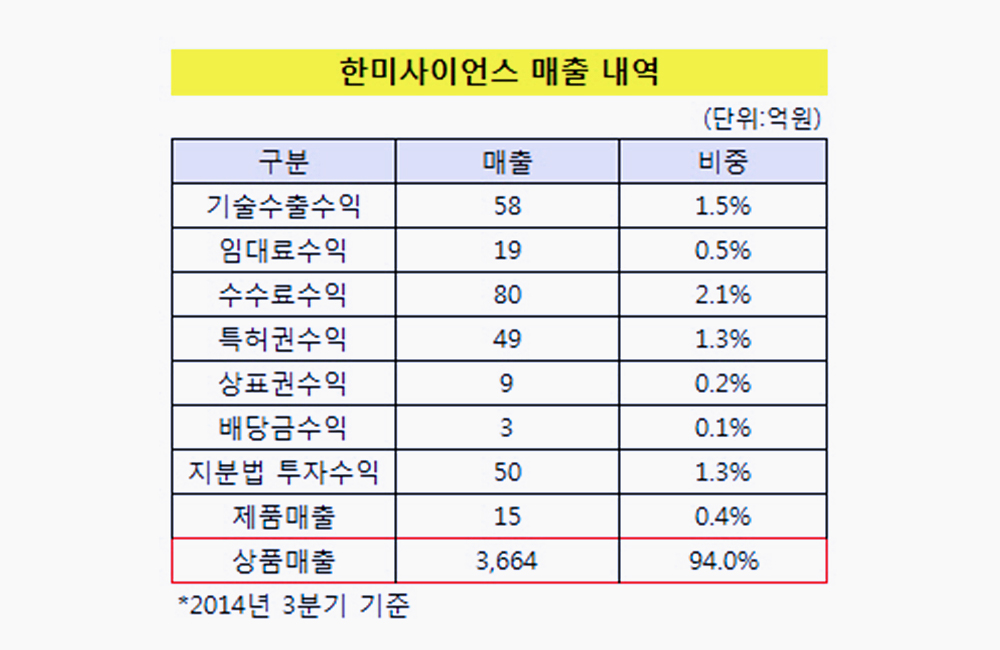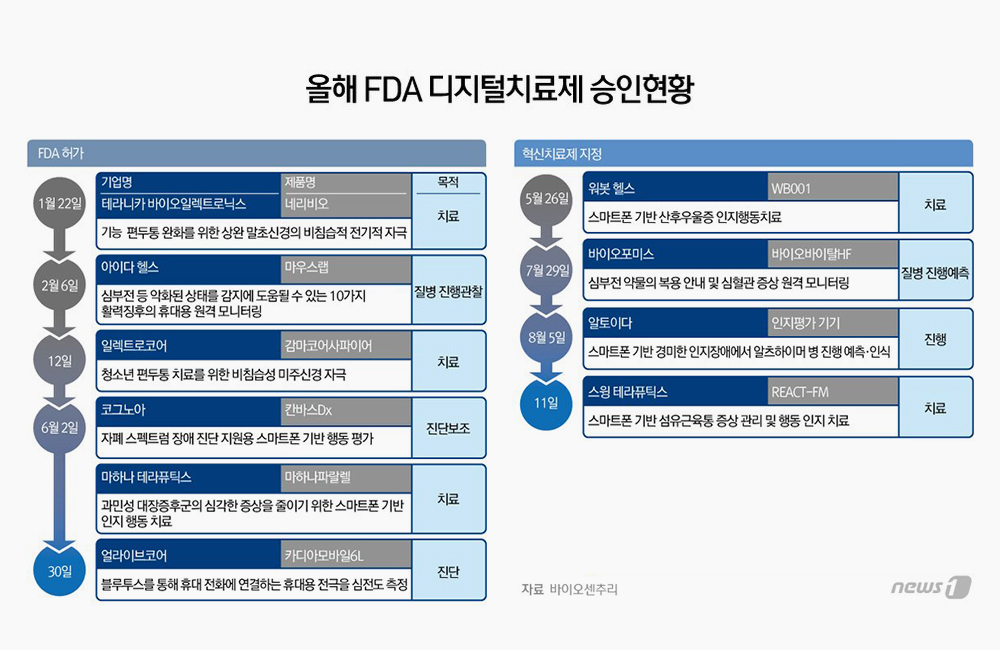In the United States, cardiovascular disease
(CVD) is a major health problem accounting for nearly 40 percent of all deaths
each year, according to the US National Library of Medicine. Now, scientists
from University of Utah Health have confirmed that artificial intelligence (AI)
can better predict cardiovascular disease, including risk factors, onset, and
course.
Fortunately, several risk factors for heart
disease—such as tobacco use, hypertension, obesity, elevated low-density
lipoprotein cholesterol (LDL-C), and hypercoagulable states can be modified.
Much like detecting cancer early, therapeutic lifestyle changes and drug treatment
can be highly effective at reducing a patient’s risk of heart attack and stroke
if risk factors can be identified in patients early. But AI technology could
improve this process, with the potential of saving lives before adverse events
occur.
The Centers for Disease Control and Prevention
(CDC) lists heart disease as the #1 leading cause of death in the US, followed
by cancer and Covid. Cardiovascular disease is a grave concern in the field of
medicine. Here in Utah, University of Utah Health researchers have been working
closely with physicians at Intermountain Primary Children’s Hospital to develop
computational tools that accurately measure the combined effects of existing
medical conditions on a patient’s heart and blood vessels.
While the initial research is limited to
cardiovascular disease, it’s only the beginning. Researchers see the vast
potential of AI technology and how it can essentially help identify and
pinpoint risk factors in a broad range of medical diagnoses.
“We can turn to AI to help refine
the risk for virtually every medical diagnosis, [including] the risk of cancer,
the risk of thyroid surgery, the risk of diabetes—any medical term you can
imagine,” says Martin Tristani-Firouzi, the study’s corresponding author, a
pediatric cardiologist at U of U Health and Intermountain Primary Children’s
Hospital, and scientist at the Nora Eccles Harrison Cardiovascular Research and
Training Institute.
The current methods for calculating various
risk factors on cardiovascular diseases—such as medical history and
demographics—are subjective and imprecise, says Mark Yandell, senior author of
the study, professor of human genetics, and co-founder of Backdrop Health.
Since these methods fall short, they fail to identify those interactions that
can profoundly affect the health of a person’s heart and blood vessels.
Instead, the researchers focused on measuring
comorbidities and how they influence patient health. Yandell, Tristani-Firouzi,
and their colleagues from Intermountain Primary Children’s Hospital and U of U
Health sorted through more than 1.6 million anonymous electronic health records
(EHRs) utilizing AI. These EHRs included detailed information about patients,
including lab tests, diagnoses, medication prescribed, and medical procedures,
which helped researchers identify which comorbidities were most likely to aggravate
cardiovascular disease.
“The important thing is that
we can now calculate any outcome given multiple combinations of prior events in
the patient’s medical record,” Yandell says. “This allows us to refine a
patient’s risk for a medical diagnosis and understand how prior events influence
future ones.”
The researchers found that patients with a
previous diagnosis of cardiomyopathy, a disease of the heart muscle, had an 86
times higher risk of needing a heart transplant than those without
cardiomyopathy. Individuals with viral myocarditis had about a 60 times higher
chance of needing a heart transplant. Transplant risk for those who used the
drug milrinone (used to treat heart failure) rose by 175 times—the strongest predictor
of a heart transplant.
In certain cases, the combined risk was
significantly higher. When individuals took milrinone and had cardiomyopathy,
for instance, their risk of needing a heart transplant jumped to 405 times
higher than individuals with healthier hearts.
“This novel technology
demonstrates that we can estimate the risk of medical complications with
precision and even determine better medicines for individual patients,” Josh
Bonkowsky, director of the Primary Children’s Center for Personalized Medicine,
told U of U Health.









